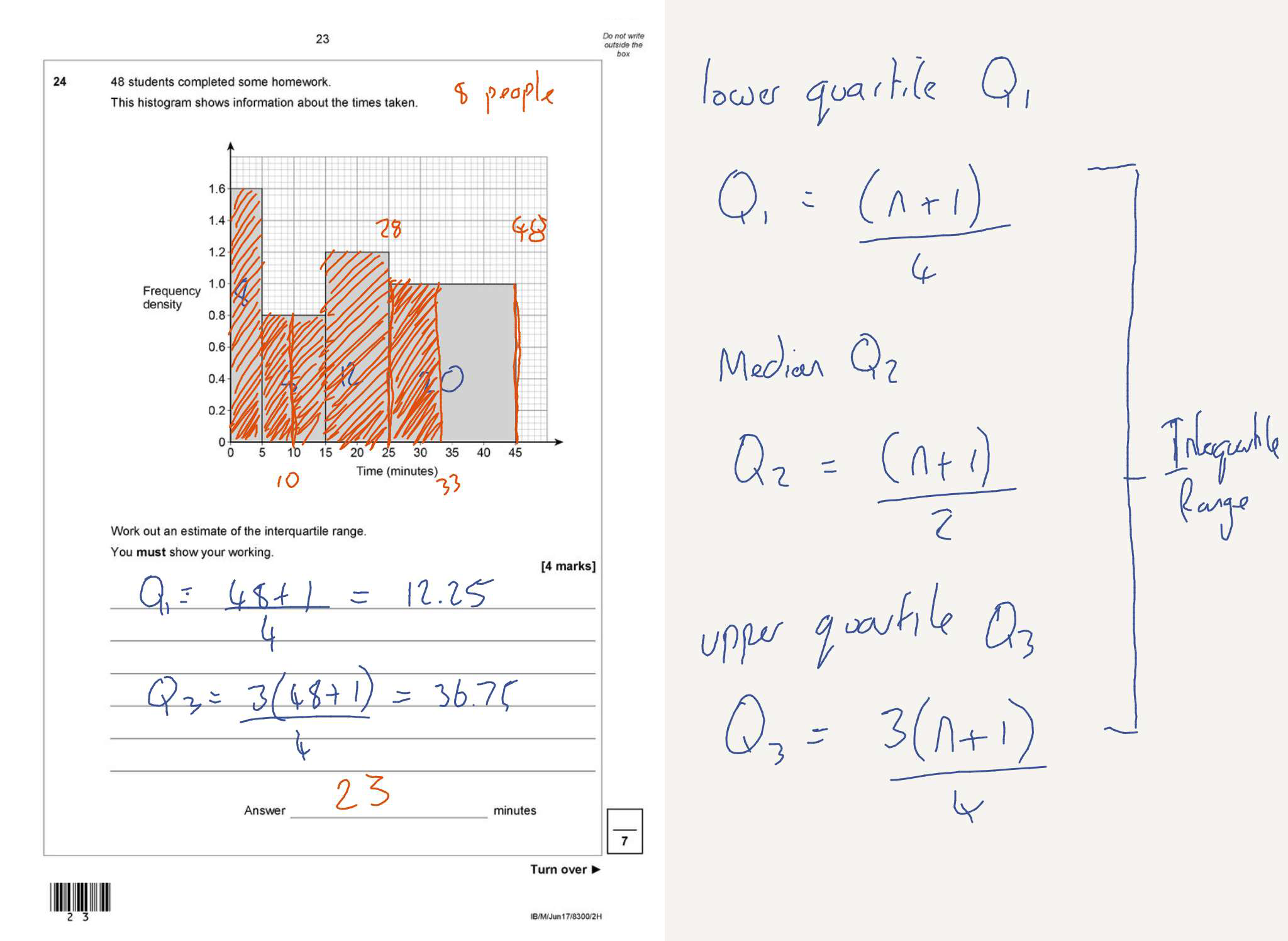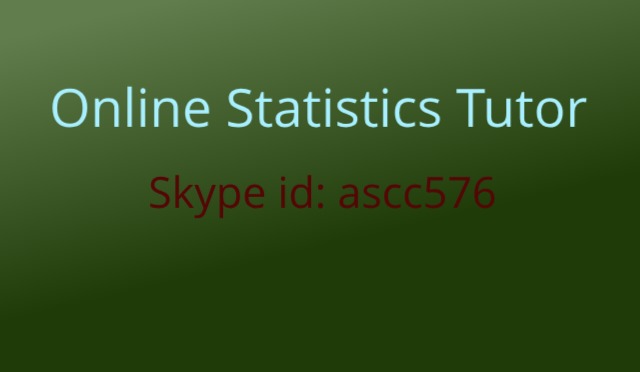Understanding the Challenges: Why Pupils Locate Data Difficult and Exactly How Tutoring Helps
Data offers numerous obstacles for trainees. The ins and outs of foundational ideas, coupled with intricate terms, typically bring about misunderstandings. Misinterpretations can stem from cognitive biases, especially in differentiating connection from causation. Personalized tutoring becomes a sensible option, supplying customized guideline that addresses individual learning requirements. As students navigate these hurdles, they might uncover that the ideal support can change their understanding and perspective in the direction of the topic. What other advantages might this method deal?
The Intricacy of Statistical Principles
Analytical ideas are essential for information analysis, their complexity usually poses considerable difficulties for learners. Numerous trainees battle to understand foundational concepts such as probability, distributions, and hypothesis screening. These principles call for not just mathematical abilities but likewise an understanding of their real-world applications, which can be unintuitive and abstract. Making use of lingo and technical language better complicates the finding out procedure, making it tough for students to link concept with method. In addition, the interplay in between different statistical approaches can lead to confusion, especially when figuring out the proper technique for a provided dataset. As students try to browse these elaborate ideas, they might end up being overloaded, resulting in aggravation and disengagement. This intricacy requires efficient mentor strategies and supportive resources, such as tutoring, to assist pupils build confidence and achieve a much deeper understanding of data. Identifying these difficulties is the very first step towards helping with much better educational outcomes in the field.
Obstacles in Information Interpretation
Data interpretation presents substantial obstacles that can impede exact analysis and decision-making. Students frequently battle to draw significant verdicts from data because of an absence of knowledge with various analytical techniques and tools. Misconception can arise from the overwhelming quantity of info, leading to confusion concerning which metrics matter. Additionally, cognitive biases may cloud judgment, creating trainees to prefer information that confirms pre-existing beliefs as opposed to assessing details fairly.
An additional obstacle depends on identifying connection from causation, an important idea that can alter understanding of connections within information sets. The aesthetic depiction of information, such as graphs and charts, can often misguide if not interpreted properly, resulting in inaccurate conclusions. These obstacles highlight the relevance of creating strong data interpretation abilities, as they are crucial for making notified decisions in both scholastic and real-world contexts. Effective tutoring can give the assistance needed to get over these obstacles and foster better comprehension.
The Role of Chance in Data
How does chance shape the structure of statistical evaluation? Possibility offers as a vital device in statistics, permitting scientists to make reasonings concerning populaces based upon example data. By measuring unpredictability, probability makes it possible for statisticians to approximate the chance of different results, promoting decision-making procedures. As an example, chance distributions, such as the typical distribution, offer important structures for understanding data behavior and irregularity.
Furthermore, ideas like hypothesis testing rely heavily on possibility to figure out the relevance of results (Statistics Help). This interaction in between possibility and stats aids in assessing the legitimacy of insurance claims and directing further research study. Recognizing possibility is essential for translating analytical results precisely, as it aids to contextualize searchings for within their wider uncertainty. A solid grasp of possibility principles outfits pupils with the logical abilities required to take on intricate analytical challenges, promoting a more profound understanding of the subject issue.
Common Misconceptions Concerning Stats
What are some usual false impressions that often cloud the understanding of data? Many people erroneously think that statistics just involves numbers, ignoring its theoretical structures. Some think that a small example dimension can generate trustworthy final thoughts, overlooking the importance of representative information. An additional widespread misconception is the belief that relationship indicates causation, leading to erroneous analyses of connections in between variables. Additionally, several pupils think that data is only concerning computations as opposed to acknowledging its function in information analysis and decision-making. Others may check out stats as a stiff technique, falling short to value its flexibility in various contexts. Misunderstandings regarding statistical value, such as relating it with practical value, additionally contribute to confusion. These misconceptions can hinder trainees' capability to understand analytical principles successfully, usually resulting in disappointment and anxiety when involving with the topic. Dealing with these misunderstandings is essential for cultivating a much more extensive understanding of data.
The Benefits of Personalized Tutoring
Individualized coaching deals substantial benefits for trainees having a hard time with statistics, as it customizes guideline to specific understanding designs and requirements. This customized approach enables tutors to identify certain areas of trouble and adapt their training approaches appropriately. By concentrating on the unique obstacles each trainee faces, individualized tutoring promotes much deeper understanding and retention of statistical principles.
Individually communication offers pupils with the opportunity to ask inquiries freely and get prompt responses, enhancing finding out performance. Personalized tutoring also helps develop confidence, as pupils you can try these out progress at their very own pace without the pressure of a classroom setting.

Frequently Asked Concerns
What Previous Expertise Is Needed Before Researching Data?
Anticipation in basic maths, consisting of algebra and arithmetic, is essential prior to studying stats. Knowledge with ideas such as data, functions, and variables interpretation considerably improves understanding and application of analytical concepts in real-world circumstances.
Just How Does Modern Technology Impact Knowing Stats?
Technology improves learning statistics by supplying interactive devices, simulations, and visualizations that clear up ideas. On-line platforms enable collective knowing and accessibility to sources, cultivating a much deeper understanding of statistical approaches and encouraging involvement among pupils.
Are There Specific Research Study Techniques for Mastering Data?
Effective study methods for grasping statistics include energetic experiment analytical, using aesthetic aids, forming study hall for collaborative discovering, and using real-world instances to enhance understanding and retention of statistical principles.
What Careers Need Solid Analytical Abilities?
Professions requiring solid analytical abilities include data expert, statistician, actuary, market researcher, and epidemiologist. These professions take advantage of statistical approaches to interpret data, notify decisions, and address complex troubles across various industries, enhancing general analytical abilities.
Just How Can Team Research Study Sessions Aid With Stats?
Group research sessions boost understanding of data by advertising joint analytic, enabling varied point of views on complex principles, and cultivating a supportive setting where trainees can clear up questions and reinforce learning with discussion and shared sources. AP Statistics Help.
